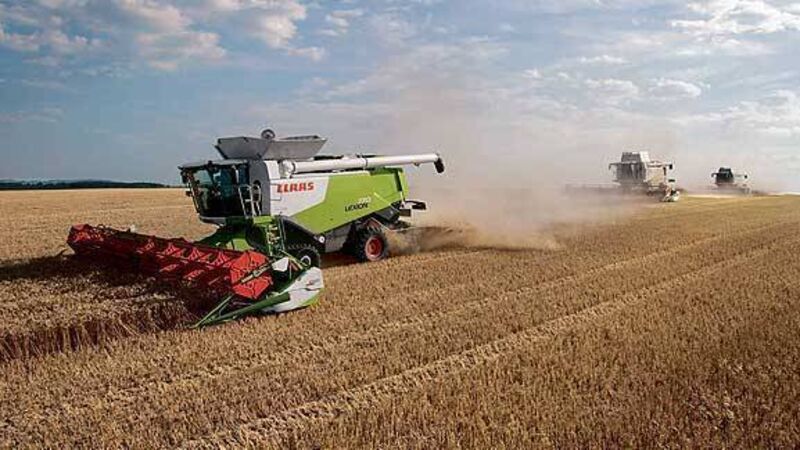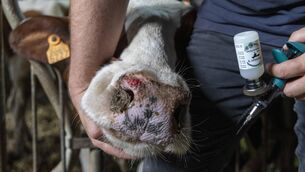Full engine power on high performance harvester only reaches maximum return when supply constant

The full engine power that is available on a high-performance harvester is only exploited to the full when there is a good supply and constant flow of grass, maize or wholecrop silage into the machine.
For example, only 500-600hp is needed when harvesting wilted silage. Running the engine at full power when this is not required by the work at hand needlessly increases fuel consumption.













